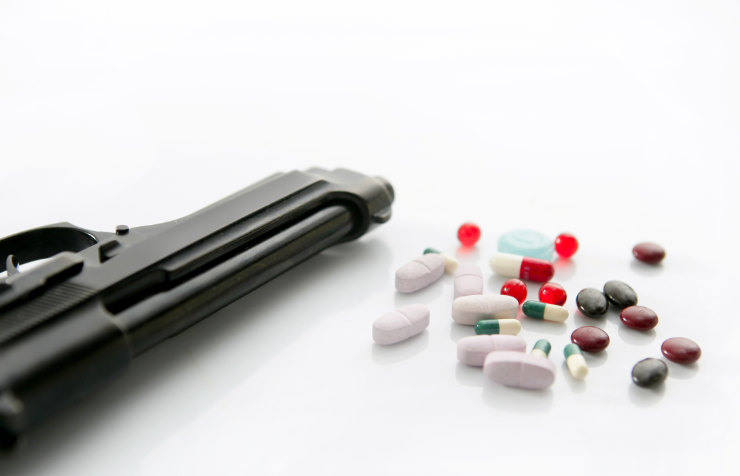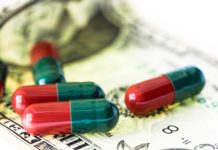EDITOR’S CORNER
If you’ve read Maria Mangicaro’s latest deep-dive piece—and if you haven’t, you should—nothing I say in this Editor’s Corner will come as a shock. As she describes from the get-go, she nearly died as a toddler due to a stash of St Joseph Aspirin in the kitchen. Marketed for children, “candy aspirin” was nearly ubiquitous back in the mid-20th century, with the drug companies neglecting to inform consumers of potential harms.
As a result, kids died. 
This is the start of a long, informative, and meticulously compiled piece examining all of the many drugs in American cabinets, all the many harms they bring to children, and all the many ways that Big Pharma has ducked responsibility. What becomes clear, in this as well as Mangicaro’s first installment of “Medication Overload,” is the gradual but devastating transformation of homes into toxic danger zones. Every day, we pick up drugs from the pharmacy and cart them home to swallow or store for later, most of us without any real understanding of the potential risks—risks to us, risks to our children.
And every day, it seems, there’s some fresh reminder of such hazards. Shortly after Mangicaro’s piece was published, I found and posted an ABC News article on research showing massive childhood increases in fatal drug poisonings and gun deaths.
The gist of the study is this: The last decade has seen an 87% increase in gun deaths and 133% spike in deaths by poisoning, including both illicit and prescription drugs. As the study abstract states, “Recent trends in pediatric injury-related fatalities are alarming, with increases in homicides, suicides, and poisonings in the past decade.”
Alarming indeed—but, tragically, not surprising. None of this is new information. But we have a way of overlooking the obvious and the old, simply because staring it in the face would require us to make changes in how to assess risks and how to respond to them. You’d think, nearly four years since the onset of COVID, we might have figured this part out. You’d think, as a culture and as a species, we would look at the ever-increasing numbers of children dying and institute reforms that make homes safer—and make gun manufacturers and pharmaceutical companies accountable when they’re not.
Call me an idealist, but I believe kids should be safe where they sleep and eat. We all should.
We should also be told, in the fullest, clearest, plainest language, which prescription drugs carry which potentially mortal risks, and we should be urged to handle them with utmost caution. Drug safety, like gun safety, should be foremost on everyone’s minds, with prevention of deaths of paramount concern. This should be the baseline for the companies that make them. If only it were.
As Mangicaro puts it in her latest story: “Pharmaceutical companies are credited with being producers of life-saving drugs, but these companies have also proven that they are willing to aggressively market dangerous products under the guise of improving our mental health and wellbeing while showing a blatant disregard for human life.”
—Amy Biancolli, Family Editor
***
More from Mad in the Family
More Editor’s Corners














